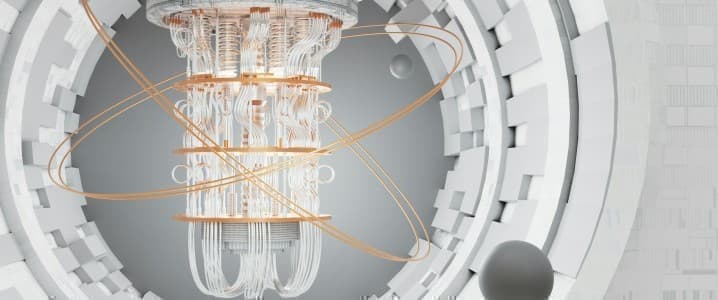The U.K. and U.S. Have Big Plans for Small Modular Nuclear Reactors
As U.S. President Donald Trump and U.K. Prime Minister Kier Starmer meet on the president’s second official visit to Britain this term, nuclear power is one of the energy topics expected to be addressed. Both countries are pursuing a new era of nuclear power, after several decades of stagnation, investing in research and development into innovative new nuclear technologies, such as small modular reactors (SMR). Following the meeting, greater collaboration is expected in SMR development to accelerate the commercial rollout of smaller-scale nuclear projects in both countries.
SMRs are advanced nuclear reactors with a power capacity of around 300 MW(e) per unit, equivalent to around one-third the generating capacity of traditional nuclear reactors. SMRs are much smaller than conventional reactors and are modular, making it simpler for them to be assembled in factories and transported to site. Thanks to their smaller size, SMRs can be developed on sites that are not suitable for bigger reactors. They are also significantly cheaper and faster to build than conventional nuclear reactors, as they can be constructed incrementally to meet the growing energy demand of a site.
In July, when meeting with President Trump on his golf course in Scotland, British Prime Minister Starmer said the U.K. would benefit from working more closely with the United States on SMR technology. “The more we can work together on this, the better,” Starmer said. Trump responded by saying his government would explore the opportunity for smaller nuclear plants. “We’re doing smaller and bigger, but the small is interesting,” he told reporters at the time. Trump appeared interested in the lower costs associated with SMR development compared to those of conventional nuclear plants.
During his second official state visit to the U.K., Trump is expected to sign a sweeping nuclear power agreement with Starmer, known as the Atlantic Partnership for Advanced Nuclear Energy, to accelerate the development of the clean energy source. The deal focuses on streamlining licensing and regulatory approvals, accelerating the deployment of advanced reactors, and unlocking billions in private-sector investment across both the U.S. and the U.K.
Several other U.K. nuclear power projects have also been announced that are expected to align with the new partnership. These include the X-Energy and Centrica plan to build up to 12 advanced modular reactors in Hartlepool, northeast England, to power 1.5 million homes; Holtec International, EDF, and Tritax’s plan to repurpose the former Cottam coal-fired plant in Nottinghamshire into a nuclear-powered data centre hub using SMR technology; Rolls-Royce’s anticipated entrance into the U.S. SMR market; Urenco’s supply of an advanced type of low-enriched uranium to the U.S. market; and Last Energy and DP World’s backing for micro modular reactor development at the London Gateway port.



Leave a Comment
Your email address will not be published. Required fields are marked *